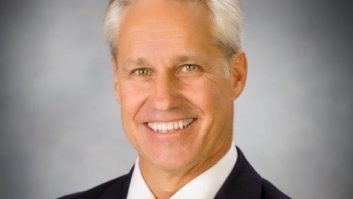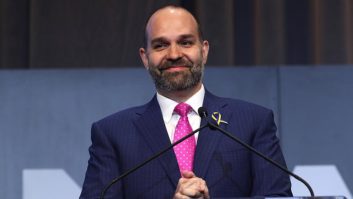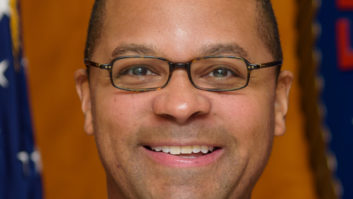Realities of Media Ownership
Aug 1, 2010 1:00 AM, By Chriss Scherer, editor

The debate over media ownership rules rises to hot-button status every decade or so. Once again, it’s on the minds of the FCC, media owners and many community activist groups.
At the end of 2008, the FCC mildly relaxed its ownership rules to permit radio or TV stations to be co-owned with a newspaper in the top 20 markets. Its ruling took into account the need for a diversity of voices by stipulating that other major news outlets must exist in the market for the cross-ownership allowance to be granted.
One issue that seems to be overlooked by the opposition is that the Commission also adopted measures to increase broadcast industry participation by small businesses, including minorities and women.
Cross-ownership and consolidation are not new issues. Little by little, media owners have been allowed to add more media outlets to their ranks. When the first market duopolies were allowed, I remember hearing cries that the media sky was falling. Those opposed to the consolidation feared a single media owner would become too powerful. I won’t deny that some media owners have amassed a robust portfolio of media offerings, but the claims that a single voice will control all local news and information has not come to pass.
Now the FCC is in court to defend its action in relaxing its rules. There is concern that there will be insufficient diversity of voices in the top 20 markets now that the long-standing cross-ownership prohibition has been relaxed. The new rules stipulate (in their basic wording) that there must be other voices present in the market for the allowance to be made.
Chairman Genachowski stood by the FCC’s authority and noted that proper procedure was followed at the time. The new rules were adopted under Chairman Kevin Martin. The FCC’s filing in the Court of Appeal says its “policy judgments and its line-drawing must be upheld so long as they are reasonable and supported by substantial evidence in the record before the agency.” The filing takes a jab at the opposition by saying “disagreement with reasonable policy judgment and line-drawing is not invalidating; nor is the fact that the record might support a different conclusion, so long as the result the Commission reached is within the range of permissible choices before it at the time.” Genachowski issued a statement reiterating this stance.
FCC Commissioner Michael Copps, who likes to brandish the public interest argument with a broad stroke, says the FCC by its recent filing is “encouraging the evisceration of our media ownership limits and abandoning our most basic public interest responsibilities regarding radio and television.”
In a simple view, putting control of all the media under one or two voices will have obvious detrimental effect, but the rules do not make it open season for a single media outlet. There are reasonable restrictions in the rules to ensure diversity of ownership.
And while it’s important to serve the public interest, it’s also important for media outlets to responsibly run their businesses. This is another point that seems to elude Copps.
While the masses do not have instant access to the radio and TV airwaves, they have easy access to other forms of media. We have all seen the effects of some media going viral. Modern communications can easily influence the dominant media outlets in providing diverse views on an issue.
I applaud Commissioner Copps on his desire to uphold the public interest, but it seems he is doing so with an outdated view of modern technology and social practice.












